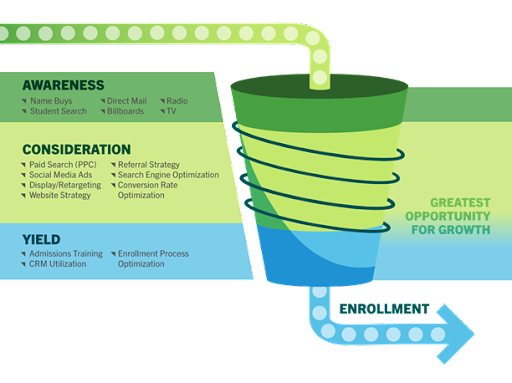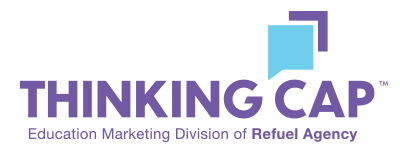Enrollment marketing is more competitive than ever, with colleges and universities across the country vying for prospective students. That’s why it’s more important than ever for colleges and universities to approach their marketing strategies with a data-driven and analytical lens to ensure the best possible results and highest number of qualified student inquiries.
A crucial part of this analytical lens is a deep understanding of the higher education enrollment funnel. Not only do marketers need to understand its components, but they also need to understand how to optimize their funnel based on latest insights, past performance, and new marketing strategies to ensure their campaigns continue to perform.
So, what is the higher education enrollment funnel, and how can you optimize yours? Here’s your guide—from the team that has been optimizing enrollment funnels for over 400 universities.

What is the higher education enrollment funnel?
First things first: what is the enrollment funnel? Sometimes called “the admissions funnel”, the enrollment funnel is a marketing concept used to define a series of stages a prospective student goes through before coming to an enrollment decision. The enrollment funnel is structured similarly to the more well-known marketing funnel, but has some differences. It typically has several stages: awareness, consideration, yield, and enrollment.
It’s called a funnel because the number of prospective students decreases as students progress through the stages of the funnel. Each stage of the funnel has certain marketing tactics that fit within it. For example, radio ads typically fall into the Awareness stage, as they reach students that may never have heard of your school before. Paid search and search engine optimization often fall within the Consideration stage, as they target students who are searching for your school and related keywords.
Read next: 5 Super-Smart AdWords Strategies for Higher Education Marketing
How to set up an effective enrollment funnel
Setting up an effective enrollment funnel requires a deep understanding of marketing tactics that belong in each stage of the funnel, an understanding of who your prospective students are, and a knowledge of where to put your strongest efforts to achieve optimum enrollment for your school.
As many schools have discovered, the enrollment funnel has changed over time. While prospective students may have moved quickly from the consideration stage to enrollment after one college visit in the past, today’s students are doing their research and making careful decisions about their higher education choices.
This means that the consideration phase is where enrollment marketers need to spend a lot of their time—educating, influencing, and winning over the prospective students that are aware of them but haven’t yet made their official college decision.
Today’s students, largely members of the Gen Z and Millennial generations, are accustomed to hyper-personalized marketing campaigns that correctly identify their needs and goals. Leveraging market research and omnichannel marketing tactics empowers your school to create customized and influential campaigns that drive your prospective students through the funnel.

The role of omnichannel marketing tactics in your enrollment funnel
No matter how impactful each of your standalone marketing strategies are, without employing an omnichannel marketing approach, your marketing campaigns will inevitably fall flat of their potential.
An omnichannel marketing strategy (as opposed to a multichannel marketing strategy), places the prospective student at the center, ensuring a unified experience at every touchpoint. While a multichannel approach views more marketing channels as more ways to reach your prospective students, the omnichannel approach views more channels as a way to remove friction and increase consistency—which in turn, builds loyalty and trust.
That’s why at Thinking Cap Agency, we employ our proprietary research and data to develop a strategic media plan to achieve your enrollment management goals.
Targeted media strategies include:
- Email inbox marketing
- Student social profile matching
- Cross-device display persona targeting
- Student device ID targeting
- U-SOCIAL™ short-form video storytelling
- Video/connected TV
- IP Student Household Targeting
- Content Creation and Distribution
- Landing Page Development and Hosting
- Search Engine Marketing (SEM)
- Streaming Audio
- Postal Delivery
An omnichannel marketing strategy acknowledges that today’s prospective students are bombarded with advertisements at every moment of their day. They choose to engage with schools that listen to them, understand them, and go out of their way to ease their enrollment journey at every turn. An omnichannel marketing strategy does this by placing the prospective student at the very center of the marketing strategy, and that every marketing channel exists to make the prospective student’s journey through the enrollment funnel personalized and frictionless.
Read next: 10 of the Best University Instagram Accounts We’ve Seen in 2021
Are you ready to increase your qualified student inquiries? Thinking Cap Agency is here to help. We leverage our 30 years of experience, data-driven omnichannel solutions, proprietary research, team of specialized experts, and proprietary social media video marketing solutions to drive exceptional campaign results. Contact us today to get started.




